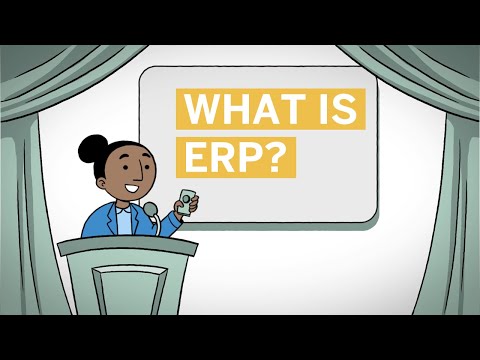Enterprise resource planning is a type of software that shares information between different functions in real time.
Its roots can be traced back to the 1960s, when manufacturers developed material requirements planning software, or MRP, to calculate the components to order for a given production plan.
By 1990, the needs of adjacent departments, such as finance, human resources, and distribution, had been added. Information was both shared between departments in real time and enriched with logic to replace repetitive tasks. Gartner coined the term enterprise resource planning for this new class of application.
Since then, enterprise applications have continued to extend information sharing, both inside and outside of the corporation, and enriched it with evermore sophisticated logic, such as artificial intelligence (AI). Furthermore, enterprise architectures have moved from monolithic, on-premise applications to ever more granular components in the cloud that each company can combine differently to meet its unique needs. While these components go by many different names, the term ERP is often used to describe the composite solution that forms the backbone of an enterprise’s business processes.
What does this mean for the average consumer? Cloud services optimize everything from the life span of wind turbines to how, when, and where we charge electric vehicles.
To learn more about SAP ERP, visit: https://sap.com/erp
To learn more about What is ERP, visit: https://insights.sap.com/what-is-erp/
